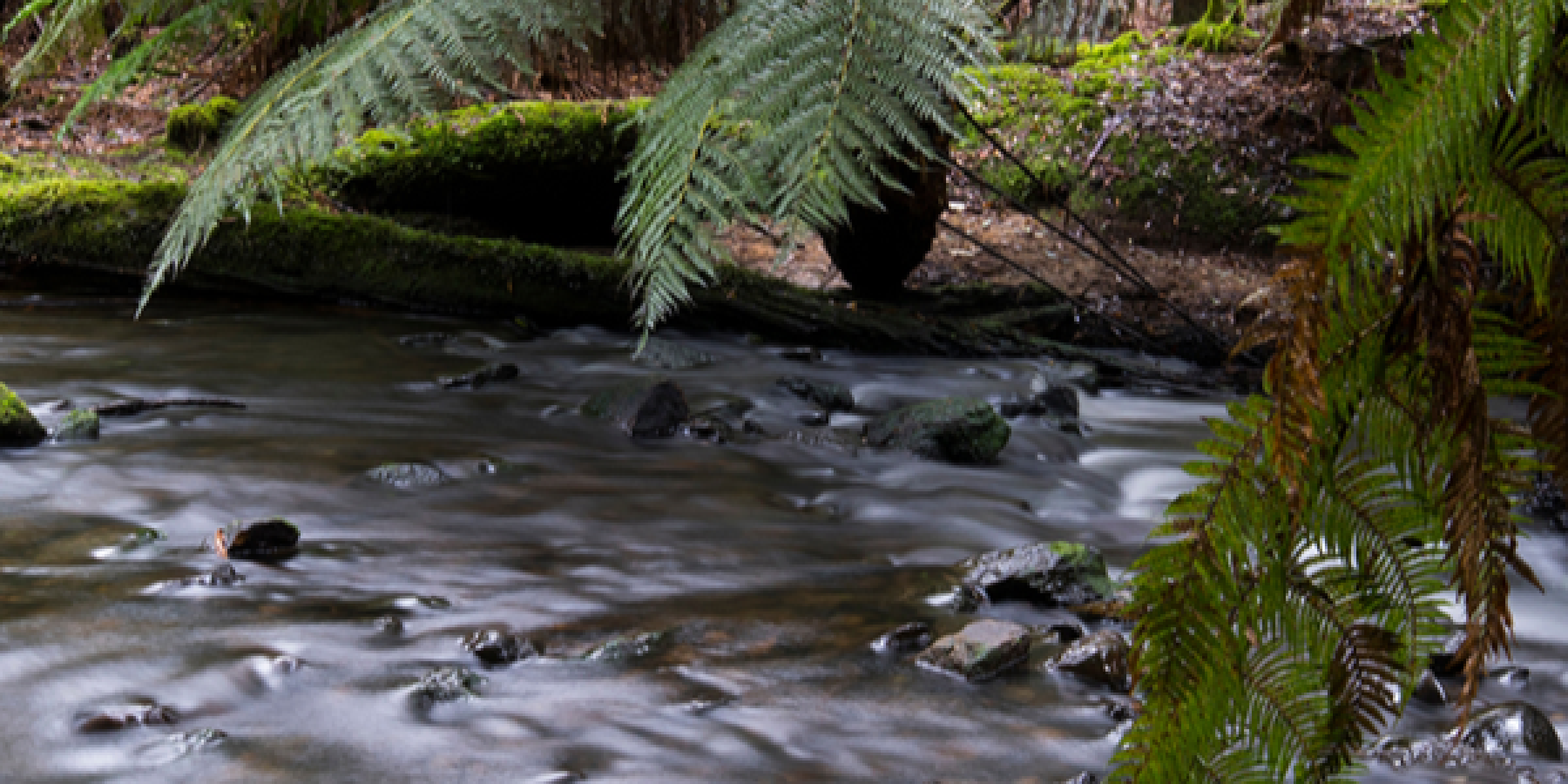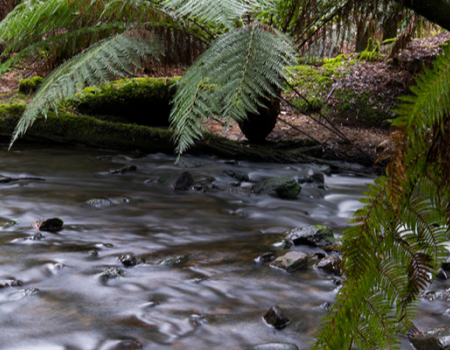Mōrere Hot Springs: Looking back, moving forward
Tātau Tātau o Te Wairoa is working with Iwi and the Department of Conservation (DOC) on a long-term plan to bring new life to Ngā Hua o Mōrere, thermally heated saltwater - a much-loved and historic taonga.
It is hoped that the site can be returned to whānau, hapū and iwi. To help guide prepare for this possibility, a steering roopu was set up. Recently, the group visited other hot springs at Tokaanu (Tūrangi), Wairakei (Taupō), Waikite (Rotorua) and Ngawha (Northland) to learn how other places are managed — and what lessons might apply to Mōrere.
Project Manager Tryphena Cracknell says these visits offered useful insights. One important lesson was the need for a strong business model and good governance, with cultural values at the centre.
“At Wairakei, culture came first. Hapū members are directly involved in leading the business, with a a strong vision underpinned by connection to the land and river — that really aligned with what our whānau want for Mōrere,” she said.
Waikite Valley impressed the group with its modern, peaceful setting and strong connection to nature. The pools are set in native bush, and visitors can follow a trail to learn about the spring and its healing waters — ideas the group sees could be a good approach for Mōrere too.
Tokaanu offered a different kind of lesson.
“That iwi inherited a site with a lot of maintenance problems and no clear plan for ongoing costs,” says Cracknell. “It showed us how important it is to plan carefully and get good technical advice early on.”
An engineering and geotechnical assessment of Mōrere is underway, to understand what needs to be done and how much it might cost. Community hui are also being held to gather whānau ideas and aspirations. Another hui is planned for early September.
“The steering roopu want whānau to be part of this kaupapa from the start,” says Cracknell.
“It’s about creating a space that brings healing, celebrates tangata whenua identity, and supports a strong, sustainable future.”
Some early ideas from whānau include private bathing spaces, special areas for kaumātua and whānau, and places where nannies can relax while watching mokopuna play nearby.
By the end of the year, the group hopes to have a clearer view of what the future could look like — and the steps needed to make it happen.

